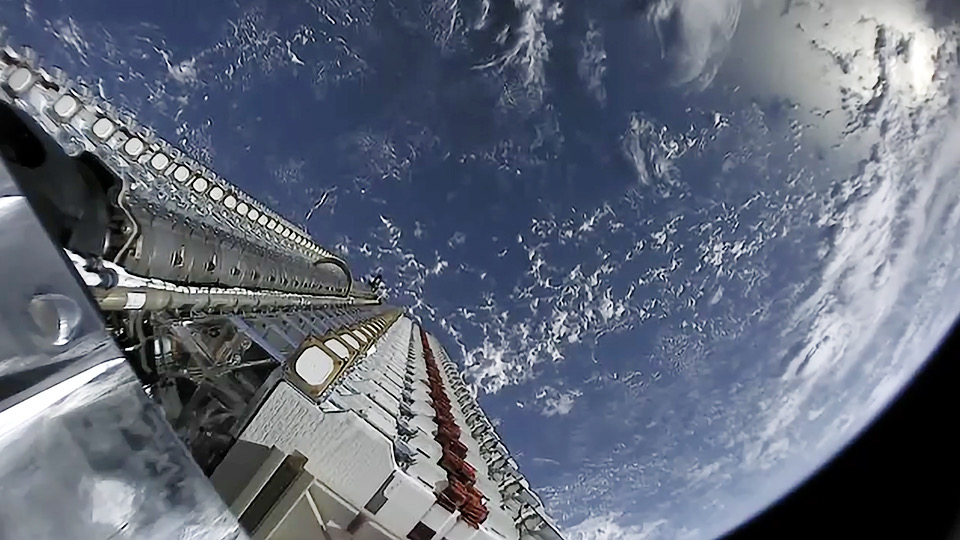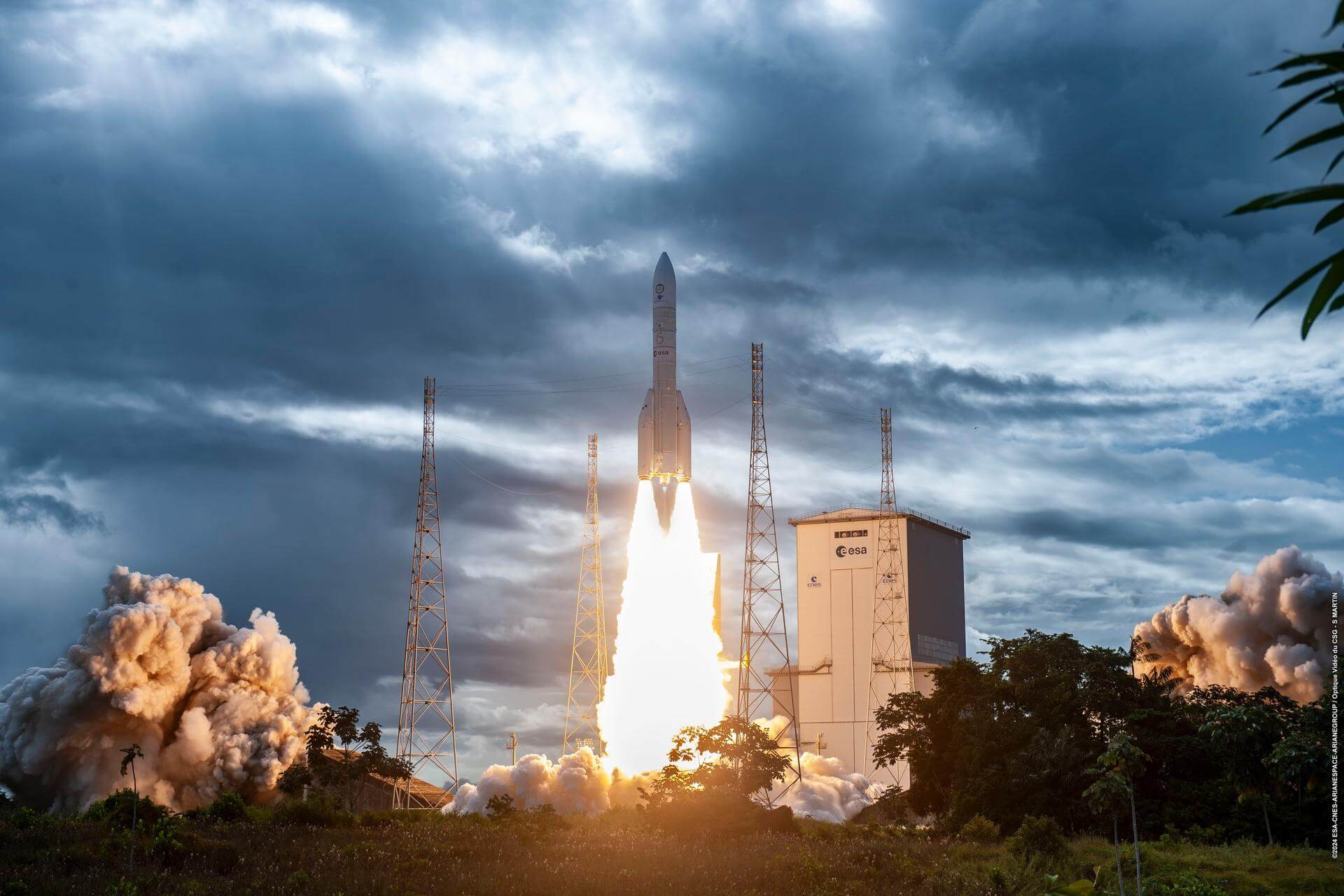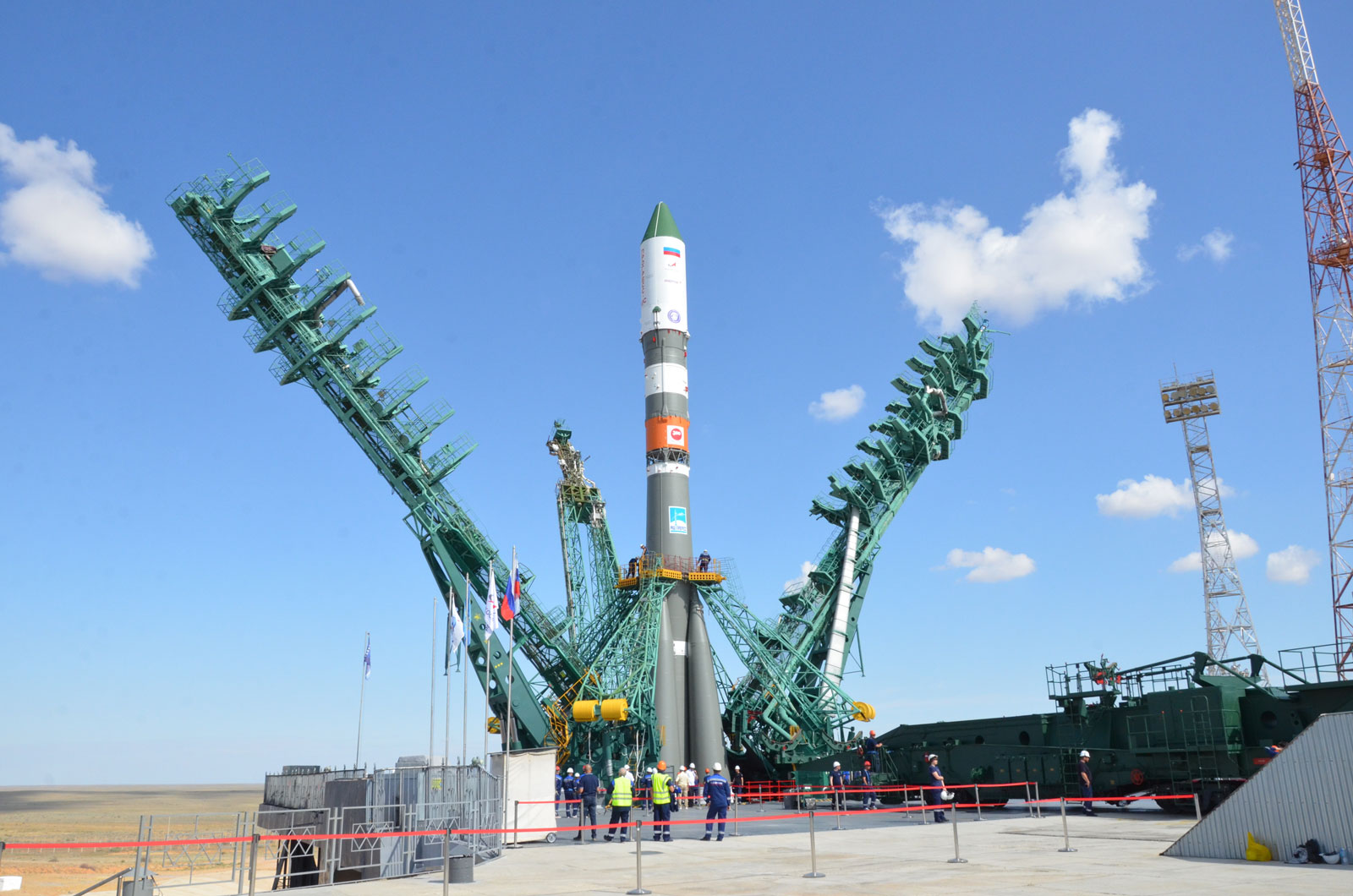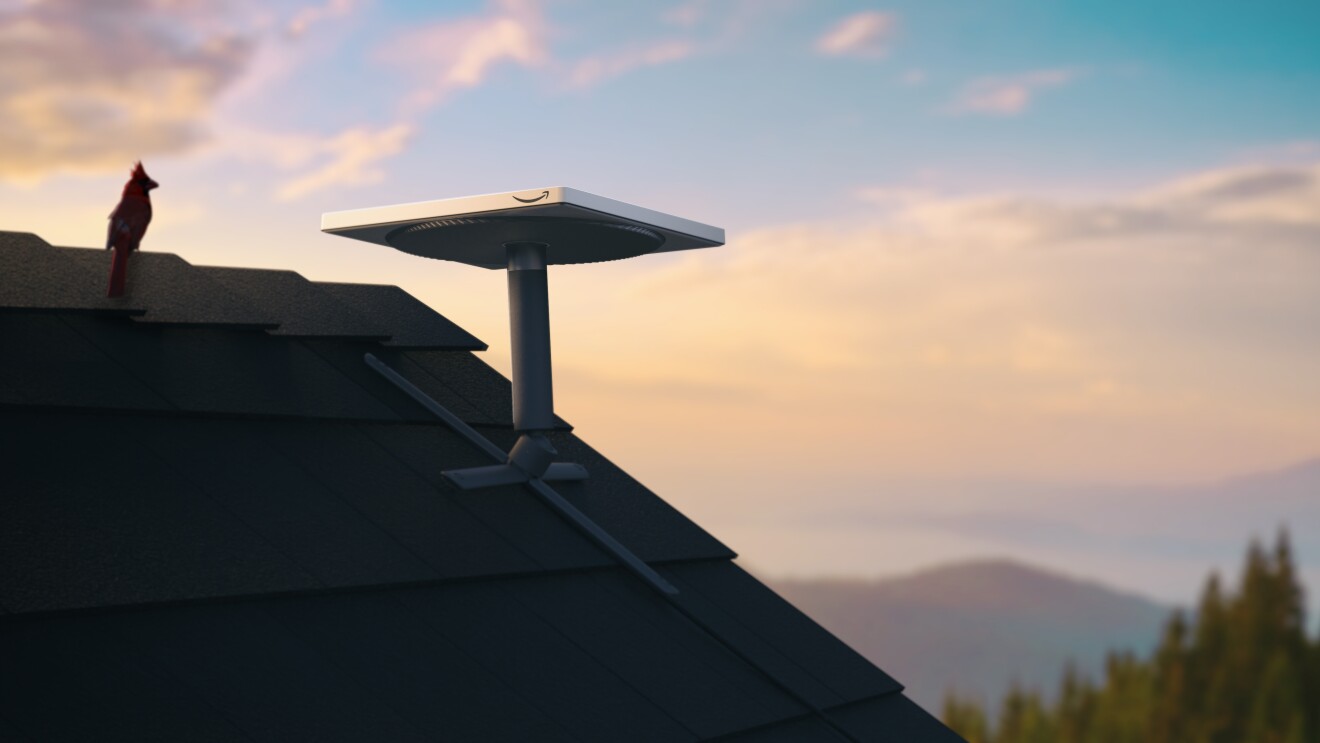· space brief · 5 min read
Space Brief 17 Aug 2025
Today's space news features major US Space Force satellite launches, regulatory changes supporting private space initiatives, and updates on SpaceX's Starship advances.

📄Top Stories
The U.S. Space Force successfully completed its inaugural National Security Space Launch with the Vulcan rocket, marking a pivotal advancement in defense capabilities. SpaceX continues to expand its Starlink constellation with successful launches from both the east and west coasts of the U.S. Meanwhile, easing of space industry regulations under a new executive order promises to accelerate private sector activities. Exciting developments in spacecraft technology include SpaceX’s upcoming Starship test, cleared by the FAA.
📰Detailed Coverage
ULA and USSF Achieve Milestone With Vulcan Rocket Launch
The U.S. Space Force’s Space Systems Command and United Launch Alliance (ULA) have successfully launched the USSF-106 mission onboard the Vulcan VC4S rocket, marking a significant achievement in national defense capabilities. The mission launched from Cape Canaveral, Florida, and aims to enhance the strategic capabilities of the U.S. in space operations.
This launch represents the first National Security Space Launch mission and underscores the ongoing partnership between governmental space agencies and commercial space enterprises like ULA. The Vulcan rocket is expected to provide a reliable platform for future defense satellite deployments.
Read the full story: SpaceWar
SpaceX Expands Starlink Coverage with Dual Launches
Continuing its push to provide global broadband coverage, SpaceX launched additional Starlink satellites from two different U.S. locations. The latest deployments, conducted from Space Launch Complex 4 East in California and elsewhere in Florida, bring dozens more satellites into orbit, enhancing connectivity worldwide.
This ongoing expansion is critical for improving internet coverage in underserved regions and demonstrates SpaceX’s growing role in satellite telecommunications. Enthusiasts and users can track these satellites through our web app for real-time updates on their orbit and coverage areas.
Read the full story: SpaceDaily
Trump Administration Eases Space Industry Regulations
In a move hailed by private space companies, President Donald Trump has signed an executive order that eases restrictions on the industry. This includes the removal of some environmental reviews, aiming to significantly increase the frequency of space launches in the United States. The regulatory relief is expected to benefit companies like SpaceX by streamlining launch operations.
While this decision is positioned to bolster the growth of private space entities, it has also sparked concern among environmental groups about potential impacts on the ecosystem. The changes align with a broader trend of fostering privatized advancements in space beyond government-led projects.
Read the full story: SpaceDaily
FAA Clears SpaceX for Tenth Starship Test Flight
SpaceX has received the green light from the Federal Aviation Administration (FAA) to proceed with its tenth Starship test flight, scheduled for August 24. This clearance follows an exhaustive review of previous test flight anomalies, ensuring enhanced safety measures are in place.
The upcoming test is pivotal for advancing SpaceX’s deep space exploration goals, potentially paving the way for future manned missions to Mars. The Starship’s performance is critical as the company aims to demonstrate repeatable, reliable functionality ahead of broader deployment goals.
Read the full story: SpaceNews Read more about the technical aspects: NASA SpaceFlight
🛰️Satellite Spotlight
- Satellite Name: Kosmos 2576
- NORAD ID: 59773
- Launch Date: May 16, 2024
- Mission: Technology demonstration and satellite inspection.
- Orbit: LEO
- Operator: Russian Ministry of Defense
- Fun Fact: Kosmos 2576 was launched into an orbit closely matching that of the U.S. reconnaissance satellite USA 314, leading to speculation about its role as an ‘inspector’ satellite.
Track this satellite in real-time on our web app: Track Kosmos 2576
🌌Space Weather
Space weather conditions are currently quiet.
Current
R0 - S0 - G0
Last 24 Hour Maximums
R0 - S0 - G0
Recent Alerts
- Geomagnetic Storm Watch: G1 (Minor) storm predicted for August 19, impacting regions poleward of 60° Geomagnetic Latitude.
- Type II Radio Emission Alert: Associated with solar eruptions, indicating potential coronal mass ejection linked to a flare event.
- Continued Electron Alert: Significant satellite charging risk with 2MeV Integral Flux exceeding 1000 pfu observed.
Next 24 Hours
-
Radio Blackouts Probability
- Minor: 20
- Major: 1
- Risk: None
-
Solar Radiation
- Probability: 1
- Risk: None
-
Geomagnetic Storming
- Scale: 0
- Impact: none
- Activity: Low
-
Impact Summary
- No risk of radio blackouts anticipated.
- No risk of solar radiation storms.
- G1 (Minor) geomagnetic storms expected on August 19 due to negative polarity CH HSS influence.
- Slight chance for R1-R2 (Minor-Moderate) radio blackouts from August 17-19.
Long Term Forecast
- Forecast of Solar and Geomagnetic Activity (August 11 - September 6, 2025):
- Predominantly low levels of solar activity anticipated.
- M-class flares (R1-R2/Minor-Moderate) likely through September 6.
- High levels of electron flux expected on specific dates (Aug 11-17, 21-22, 27-28, and Sept 6).
- Active geomagnetic conditions likely on August 18-20 due to negative polarity CH HSS influence.
- Possible G2 (Moderate) storm activity forecasted for September 5, with active levels expected September 4 and 6.
🚀 Upcoming Space Launches
August 17
- China Aerospace Science and Technology Corporation Long March 4C:
- Unknown Payload from Xichang Satellite Launch Center, People’s Republic of China (08:56 UTC)
- China Aerospace Science and Technology Corporation Long March 6A:
- Unknown Payload from Taiyuan Satellite Launch Center, People’s Republic of China (14:07 UTC)
August 18
- SpaceX Falcon 9 Block 5:
- Starlink Group 17-5 from Vandenberg SFB, CA, USA (15:44 UTC) A batch of 24 satellites for the Starlink mega-constellation - SpaceX’s project for space-based Internet communication system.
August 20
- Russian Federal Space Agency (ROSCOSMOS) Soyuz 2.1a:
- Bion-M No. 2 from Baikonur Cosmodrome, Republic of Kazakhstan (17:13 UTC) Bion-M is the next generation of Russian biological research satellites, to conduct extensive scientific operations.
August 21
- Russian Space Forces Angara 1.2:
- Kosmos (Unknown Payload) from Plesetsk Cosmodrome, Russian Federation (08:30 UTC) Unknown classified payload for the Russian military.
August 22
- SpaceX Falcon 9 Block 5:
- OTV-8 (X-37B) (USSF-36) from Kennedy Space Center, FL, USA (03:40 UTC) The X-37B mission includes operational demonstrations and experiments of next-generation technologies in space.
- SpaceX Falcon 9 Block 5:
- Starlink Group 17-6 from Vandenberg SFB, CA, USA (15:44 UTC) A batch of 24 satellites for the Starlink mega-constellation - SpaceX’s project for space-based Internet communication system.
August 24
- SpaceX Falcon 9 Block 5:
- Dragon CRS-2 SpX-33 from Cape Canaveral SFS, FL, USA (06:45 UTC) The 33rd commercial resupply mission by SpaceX to the International Space Station under NASA’s contract.
- SpaceX Starship:
- Flight 10 from SpaceX Starbase, TX, USA (23:30 UTC) 10th test flight of the two-stage Starship launch vehicle.
August 27
- SpaceX Falcon 9 Block 5:
- Starlink Group 10-11 from Cape Canaveral SFS, FL, USA (05:49 UTC) A batch of 28 satellites for the Starlink mega-constellation - SpaceX’s project for space-based Internet communication system.
Note: Launch dates and times are subject to change due to technical or weather considerations.

Maurice Stellarski





